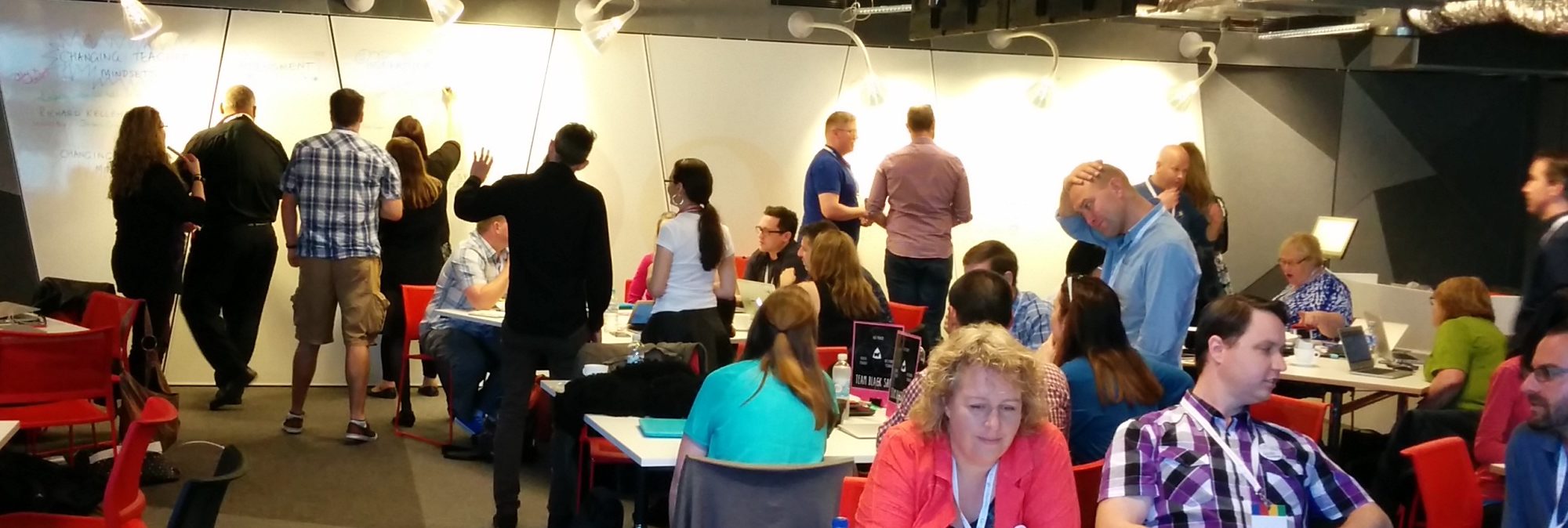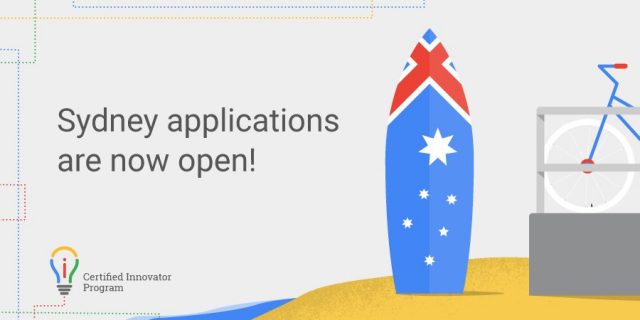Sydney is a great city. As well as being visually stunning, there is always something interesting going on. The Vivid Sydney Festival launched last week, which is definitely worth checking out.
With my work at EdTechTeam I love being part of the crew that runs Summits all over the world, but as a proud Sydneysider I get especially excited when we bring the Summit to Sydney. And this year I’m especially excited about the Summit because of a few extras it brings with it, which I wanted to tell you about.
First, the actual Summit itself is being held in a NSW public school for the first time. We’ve run the event in private and Catholic schools in the past with some wonderful host schools. But I’ve always wanted the public sector to be able to share the Summit experience too, so I am thrilled that this year EdTechTeam is able to partner with the NSW Department of Education and Anzac Park Public School to host the 2017 EdTechTeam Summit featuring Google for Education. The NSW DET has made Google GSuite available to every public school across NSW via the DET Portal, so there are a lot of teachers and students in these schools who will soon discover just how amazing these tools are and how they can change the way our schools operate. I think that’s exciting!
Anzac Park Public School is a brand new DET school in North Sydney. It features modern learning spaces and an open design, and the DET was especially keen to showcase it as a great example of their future schools. I know it will be a great place to host the 2017 Sydney Summit and I’m sure those who attend will enjoy spending time there.
Of course, whiel I’m excited that more public schools can join us for the Summit this year, the event is open to ALL teachers in every sector – public, Catholic and independent.
Find out more about the 2017 EdTechTeam Sydney Summit here
In addition to the actual Summit on July 4 and 5, there are also two more awesome events on either side of it.
The first is a PreSummit workshop for anyone wanting to prepare for their Google Level 2 Certification exam. It’s being run the day before the Sydney Summit on July 3, also at Anzac Park, you can take part in a full day bootcamp workshop that will not only be a great hands-on deep dive into the GSuite tools, but also get you ready to sit the Level 2 exam and get certified in them. If you’re after the certification and would like some support in getting it, this is for you.
Find out more about the Level 2 Certification Bootcamp Presummit here
Then following the Summit on July 6 (at a venue still to be announced), EdTechTeam Press will be offering a full day masterclass with the authors of three amazing books about educational change – Trevor Mackenzie from Canada, author of Dive into Inquiry, Lisa Highfill from the USA, coauthor of The HyperDoc Handbook, and Holly Clark, the coauthor of The Google Infused Classroom. These three authors will take you on deep dive into the concepts discussed in the books, and help you apply the principles in your classroom/ It’s like a book club on steroids! There is also the opportunity to extend that learning with some pre and post discussion group activities online, and I think this is a great opportunity to try something different for your PD needs.
Find out more about the EdTechTeam Press Masterclass Booktour here
Three great PD opportunities for one great city! Hope to see some of you there!
Image Credit: Wikimedia Commons via Destination NSW CC BY-SA




